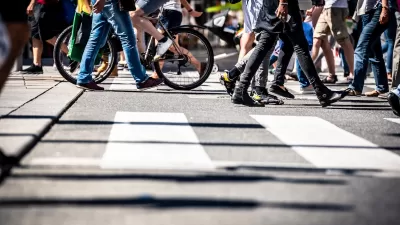A look back at the biggest stories and themes from the world of urban planning in the decade that was the 2010s.

Measured in decades, planning’s influence on the direction of society runs deep and wide. Throughout the 20th century and into the 21st century, for instance, benchmarks in the field of planning aligned neatly with the evolution of the United States. Post-World War II prosperity produced the Interstate Highway System, for instance, and the largesse of the 1980s produced a commercial building boom. After decades of sprawling development patterns and white flight of the 20th century, the pendulum swung back toward urban areas in the early 21st century. Around the same time, risky mortgages dug the country, especially suburban and exurban communities, into a hole responsible for the worst recession since the Great Depression.
Of all the decade-in-review pieces that will inundate the world in the coming days and weeks, the accomplishments of planning offer a particularly revealing lens for understanding the political, economic, and cultural trends that will come to define this particularly significant flip of the calendar, and for anticipating the changes to come.
From Recession to Recovery
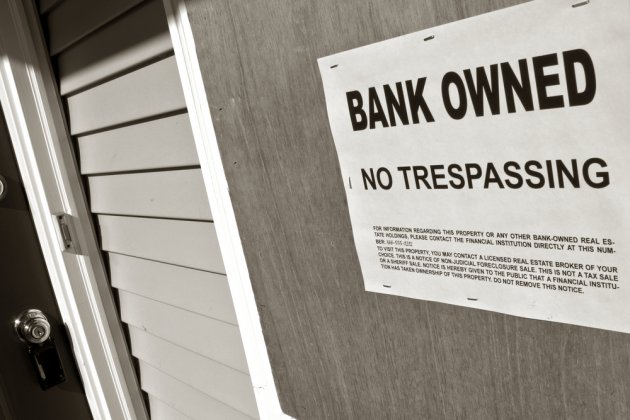
Image by Olivier Le Queinec, via Shutterstock.
For anyone who was there—looking for a first job, recovering from a layoff, succumbing to the pressures of a subprime loan—the Great Recession will be one of the biggest stories of our lifetimes, not just the decade. In 2010, the country was still in the throes of the Great Recession, with deep connections to the causes and effects of urban planning that persist to this day. In 2019, the effects of the Great Recession are still profound and seemingly intractable. These days, skyrocketing rents, housing prices, and homelessness make news more than foreclosures and zombie subdivisions.
The Great Recession can be remembered as the moment almost a century of structural deficits created by single-family homes and car commutes finally broke. When the real estate market collapsed, foreclosures gutted neighborhoods and destroyed tax revenues. When car dealerships shuttered, commercial lots sat vacant for years and local tax revenues took another hit. The struggle to balance local and state governments meant lay-offs at planning departments and other related agencies—perhaps most infamously represented by the demise of community redevelopment agencies in California. Entire cities buckled under the fiscal pressure, headlined by Detroit, Vallejo, and Stockton. Cities from Ohio to Florida to California came close to fiscal insolvency and shed public sector programs and employees before, and even after, the economy’s slow, painful rebound.
In 2010, the Great Recession still had the potential to forge a new era of planning and development—one more concerned with environmental and economic sustainability—from the fires of austerity. Multi-family construction ticked up and then stayed strong throughout most of the decade despite warnings of an expected slowdown. In some parts of the country, a back-to-the-city movement kicked into high gear.
But in 2019, it’s hard to avoid the conclusion that years of austerity mostly failed to achieve the transformative potential of economic struggle. The aforementioned back-to-the-city movement came at great expense to existing low-income and minority communities. Driving, which seemed to have peaked, is increasing again. Cars and homes grew larger as the Great Recession faded into memory.
There are signs that the master planning and development industries are returning to the exurban and greenfield locales that served as ground zero for the worst effects of the Great Recession. Planners could have done more this decade to mitigate the worst excesses and abuses of sprawling development patterns, and to ensure that the next wave of suburban and exurban development is built sustainably, affordably, and with more concern for social good rather than private profit. Planners could also have done more to ensure that suburbs and exurbs don’t bear the entire weight of population growth by encouraging more infill development with access to efficient transportation modes and high wage jobs.
Perhaps most significantly, the economic “recovery” is defined by a lack of housing options affordable at most income levels. There are now dual, ongoing housing crises in the United States. One is a crisis of escalating affluence, and the other is a crisis of disinvestment. Large numbers of Americans get left behind in both versions of the story. Homelessness is rampant. In some places the numbers are worse than they’ve ever been. Vacant properties and population decline define the experience of many communities including some of the largest and most culturally significant cities in the country, and a smaller share of Americans own homes than at the outset of the Great Recession.
Both versions of housing crisis are inextricably linked to the effects of the Great Recession and the priorities of previous decades of planning. Similar stories promise to define the narratives of the next decade as well.
- Great Recession tag on Planetizen
- Housing Crisis tag on Planetizen
- Gentrification tag on Planetizen
- Homelessness tag on Planetizen
- Population Decline tag on Planetizen
Millennials
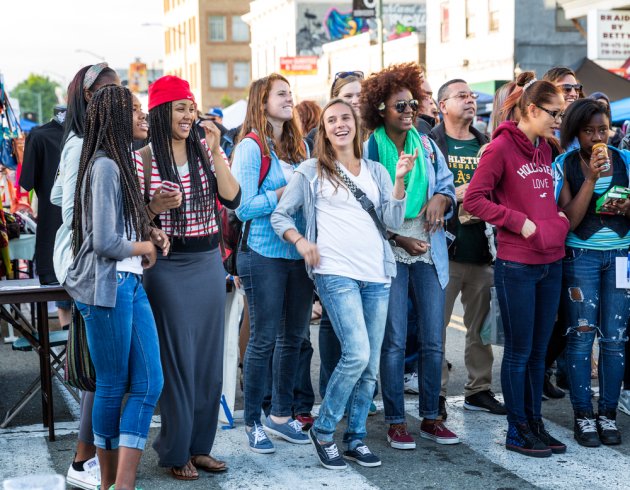
The Oakland Art Murmur street festival, pictured in 2014. (Image by cdrin, via Shutterstock)
Everything under the sun has been blamed on Millennials in the past decade, from the demise of malls, marriage, and traditional families, to the declining popularity of homeownership, golf, cable television, driving, and the suburbs. Some of these claims might be true, some are exaggerated, and some are downright false.
The most obvious sign of society’s obvious misunderstanding of the Millennial generation is the tendency for people to use the moniker as a shorthand for youth. In 2019, many Millennials are full grown adults, with both feet in their late 30s. It’s impossible to deny the significance of the Millennial generation’s coming of age: it’s the largest, most diverse generation in the history of the United States.
That size and diversity has work to do in achieving a commensurate level of political and economic power. The plight of the Millennial relates directly to the effects of the Great Recession described above. Many Millennials have been forced into their roles as the great disruptors by stagnant wages and an out-of-reach housing market, careers stalling while the economy hemorrhaged jobs and wages stagnated. Black Millennials are struggling to keep up with their peers, and all Millennials are struggling to keep up with the expectations and achievements of previous generations. The question of how much agency is available to Millennials, in terms of lifestyle choice, is still very much up for debate. Every year offers another chance for some survey or analysis of Census data to announce that Millennials are ready to start moving en masse to the suburbs and start raising families in the traditionally American way. So far, that narrative has always been met with counterarguments about a lack of housing options in urban areas, and a persistent interest in the urban lifestyles abandoned by previous generations
An informed understanding of Millennial preference is critical to planning for the future of the built and natural environments. There’s still time for Millennials to figure out how to build equitable, sustainable communities in ways that their predecessors never did.
Racism: Cause and Effect
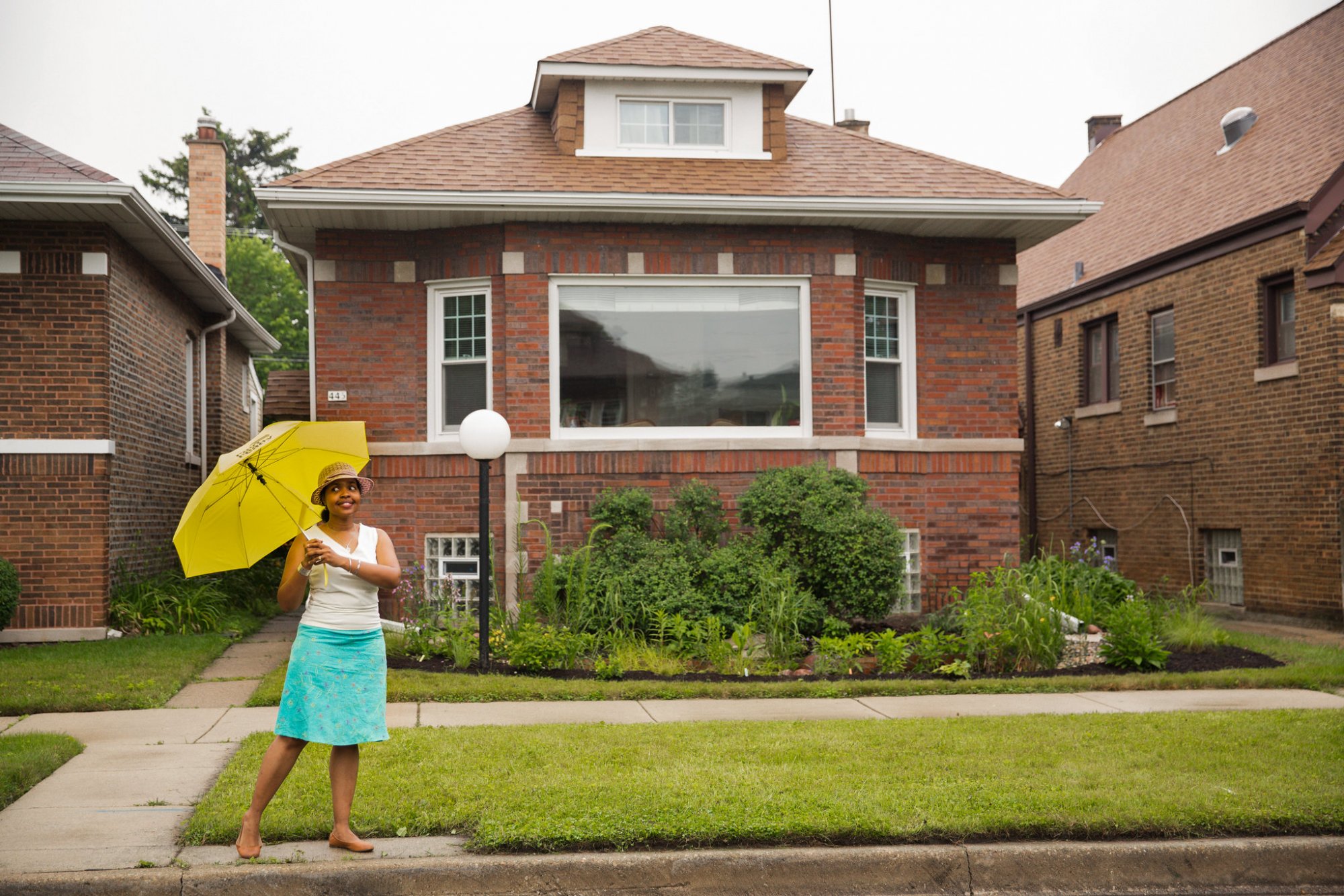
Image by the Center for Neighborhood Technology, via Flickr.
Several distorted versions of democratic representation are enshrined in the United States Constitution—in the United States Senate, the U.S. Supreme Court, and the Electoral College. But more mundane moments of misrepresentation—the kind that plays out daily in public hearings, media coverage, and the demographics of entire professions (like planning and architecture, for instance)—are still leaving behind racial minorities, women, the LGBTQ community, and Americans with disabilities. The entire field of planning, and we include ourselves in this assessment, should be much further along with the process of reflecting the diversity of the country’s population.
The rate of black homeownership is perhaps the most conspicuous signifier of planning’s role in the failures of democracy. In 2019, Black people are a smaller percentage of the nation’s homeowners than any point since the New Deal, according to a report published by the Stanford Center for Poverty and Inequality. Some of that reality is tied to the effects of the Great Recession, but recent research has also revealed the racist and discriminatory causes and effects of exclusionary zoning—the most common tool of the planning profession for decades.
Several books, including The Color of Law by Richard Rothstein and Evicted by Matthew Desmond, along with numerous research and mapping projects that reveal the history of redlining, racial covenants, highway building, and traffic safety, have raised awareness about how deeply racism and discrimination are embedded in the land uses and infrastructure of the country. The question is whether the next decade will see a sea change of action to reverse these effects and ensure the equal rights of all Americans to participate in the politics and economy of the country. With reports of increasing hate crimes and much more public displays of white nationalism and supremacy on display in the United States in recent years, there are reasons to be dismayed, and afraid, about the direction of the country in 2019.
- Black Homeownership tag on Planetizen
- Segregation tag on Planetizen
- Discrimination tag on Planetizen
- Racism tag on Planetizen
- Redlining tag on Planetizen
Private Transportation and Public Transit: Two Roads Diverged
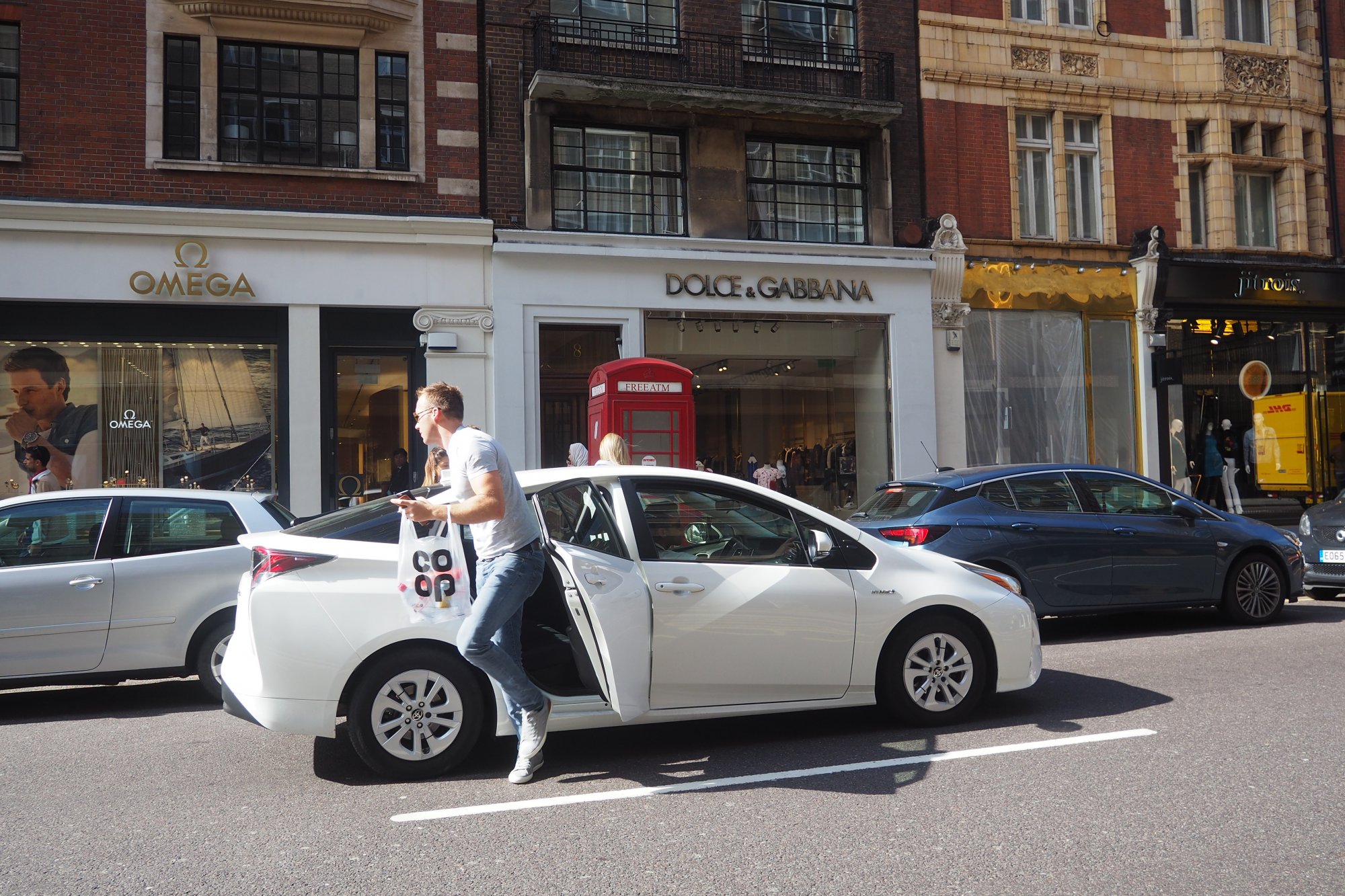
Image by Brian Minkoff via Shutterstock.
Of all the planning innovations of the past decade, ride-hailing companies (also known for much of the decade in planning circles as transportation network companies), like Uber and Lyft, have had the most widespread and obvious effect in the real world outside of planning theory and speculative land use regulations. Ride-hailing companies also appeared almost out of nowhere. Uber was founded in 2009, and faced confusion and frustration among the general public before early adopters converted the masses. Transportation will never be the same.
While early adopters and tech enthusiasts touted app-enabled mobility as a potential benefit to traffic (by reducing vehicle miles traveled), parking (by eliminating the need for parking), and public safety (by reducing drunk driving), the reality of widespread adoption has fallen far short of that idealized vision. Research has shown that ride-hailing companies have added vehicles miles traveled to the road, purloined riders from public transit (more on transit’s decline in a second), and have created the opportunity for thousands of acts of sexual assault and violence. There is evidence that ride-hailing companies have reduced drunk driving, but not drinking, so they have that going for them.
Ride-hailing companies weren’t the only kind of private entities to disrupt the mobility status quo in the 2010s. The widespread adoption of delivery services—everything from Amazon to food delivery)—has had unexpected and hard to measure impacts on land use, the fiscal health of cities, and congestion, especially around curbs.
Delivery services and ride-hailing companies are the first private entities to deploy autonomous vehicles into commercial service in the public realm. While many companies promised self-driving cars on the market by the end of the decade, that still hasn’t come to fruition. In 2019, companies are making the most tangible inroads for autonomous vehicle technology in the cities of Phoenix and Houston.
Dockless bikeshare also burst on to the scene in this decade, first in Asia, where photos of thousands of discarded bikes made it to North American shores before the actual bikes did. Dockless rental bikes soon gave way to electric scooters, and the public realm hasn’t been the same since. While some evidence suggests that electric scooters and bikes reduce car use and encourage transit use, private companies leaving their capital lying around on the sidewalk has had a noticeable effect on the walkability of urban areas, as well as on critical considerations like the regulations established by the Americans with Disabilities Act.
At the beginning of the decade, streetcars were the transit hero of the day. As a transit mode, rather than an economic development tool, streetcars are defined by a lack of success (e.g., Detroit, Cincinnati, St. Louis, and New Orleans). It’s possible that a generation from now, the streetcar revival of the 2010s will be considered a generational failure, and a wasted opportunity to turn a period of economic austerity, stimulus spending, and renewed interest in urban lifestyles into effective investments in the nation’s public transit systems.
The relative failure of streetcars looks all the more auspicious given the shift in transportation planning at the end of the decade. High-profile examples in New York City (on 14th Street and with a congestion pricing scheme that will debut early in the next decade), Toronto, San Francisco, Portland, and Los Angeles (at LAX and Flower Street near Downtown) have poised cities around the continent on the cusp of a game-changing shift away from the transportation status quo of car-centric planning.
The mistakes of transit planning at almost every level of planning and funding authority in the 2010s have proven costly. Transit ridership is declining around the country (with a few notable exceptions, most famously in Seattle and Richmond, Virginia) and the persistence of the transportation planning status quo threatens to keep the public captive to their cars long enough to do irreversible damage to the planet.
It must also be noted that all of this evolution in the world of mobility planning is set against the emergence of the “Vision Zero” era during the 2010s. Municipalities that adopt Vision Zero initiatives are pledging to take action to eliminate traffic fatalities. Most cities have set a timeline for that pledge, and have announced some kind of a committee or authority with powers along a spectrum from symbolic to tangible for accomplishing that goal. Like streetcars, Vision Zero has mostly failed to live up to the hype.
While the early days of Vision Zero seemed like another step toward the utopian ideals of urbanism, even producing a few examples of reduced traffic fatalities in cities like New York, in addition to positive press, traffic safety also seems headed in the wrong direction. Pedestrian fatalities, especially, are climbing at the end of the decade, though 2018 was the deadliest for all transportation users in decades. There are data connecting worsening traffic safety to distracted driving, increasing vehicle size, and maleness.
For better or worse, the progress of transportation in the 2020s will be measured in lives…
- Ride-Hailing Companies tag on Planetizen
- Transportation Network Companies tag on Planetizen
- Autonomous Vehicles tag on Planetizen
- Streetcars tag on Planetizen
- Transit Ridership tag on Planetizen
- Car-Centric Planning tag on Planetizen
- Vision Zero tag on Planetizen
Climate Change and Resilience
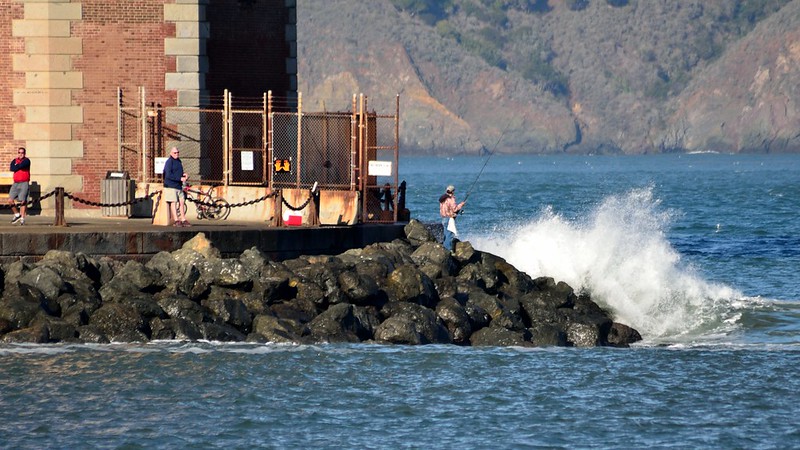
...and carbon emissions.
A few days before this writing, Greta Thurnberg, a teenager from Sweeden, was awarded the Time magazine “Person of the Year” award, much to the chagrin of the climate denier in the White House. While the Global Climate Strike first organized by Thurnberg has succeeded in thrusting the issues of climate change back to the front of headlines, the decade of the 2010s must be considered a lost decade in terms of reducing the emissions that contribute to climate change.
An Inconvenient Truth was released in 2006. Since then, the U.S. House of Representatives was able to pass climate legislation that didn’t clear the U.S. Senate, the Trump administration has worked to undo almost every significant piece of environmental rulemaking enacted by the Obama administration, President Trump has withdrawn the United States from the Paris Climate Agreement, and the country’s emissions continue to break records.
Meanwhile the alarms sounded by the scientific community and the United Nations grow more dire. The blame for the crisis is more squarely fixed on the planning history of the United States (sprawl and cars) as the climate tipping points bear down. Based on the scale and quantity of the disasters that struck the United States this decade, several climate tipping points already seem to have arrived. The damage from hurricanes like Sandy, Harvey, and Maria are still influencing planning policy while the regions damaged by their winds and rain continue recovery work. The midwest was challenged by flooding throughout the past year, and parts of the Florida Keys have been under water for months as 2019 closes. Five out of the six of the costliest years for natural disasters occurred in the last decade, according to the National Centers for Environmental Information.
Instead of the wholesale action to reduce carbon emissions required of the crisis, much of the intellectual energy and political will of the country’s response to climate change this decade has been devoted to the idea of resilience. The philosophical difference between reducing emissions and adapting to climate change is substantial. Instead of preventing the worst effects of climate change by changing the systems of the carbon-based economy, the United States is ceding ground to the environmental consequences of a century’s worth of planning and economic history (quite literally in many coastal areas, in fact).
The needs of climate resilience should adapt to the numerous risks posed by sea-level rise and extreme weather (e.g., drought, deluge, and extreme heat). Still, the lessons of resilience haven’t fully set in. Homes are still being planned and built on floodplains. Cities and entire states are refusing to recognize the rising tide (Florida, at least, seems to have seen the light). Trees are being cut down faster than they can be planted.
But, big, flashy renderings and large pots of money have ensured that resilience has been one of the most common buzzwords of the decade.
- Climate Change tag on Planetizen
- Resilience tag on Planetizen
- Extreme Weather tag on Planetizen
- Sea-Level Rise tag on Planetizen
Planning Needs a Bigger Tent
Given the intersectionality of the planning issues discussed in each section of this essay, it’s been disappointing to watch the ongoing democratic primary unfold with so little attention paid to matters of land use, housing, transportation, and climate change.
While numerous Democratic candidates have proposed substantive housing policies and carbon emission reduction plans and a widely discussed “Green New Deal” has been championed by the progressive wing of Congress, the mainstream media and the general public have yet to center these debates through the lens offered by an understanding of land use, transportation, and environmental planning. Even the Green New Deal, the country’s most ambitious plan to reduce carbon emissions, suffers a conspicuous lack of attention to matters of planning, land use, and transportation.
The 2010s, thus, have also come up short in one vital consideration: expanding the reach of the public understanding of the causes and effects of planning, its intersections, ambitions, limitations, and future. The 2020s offer another chance to correct mistakes and create a healthier, more prosperous future.

Planetizen Federal Action Tracker
A weekly monitor of how Trump’s orders and actions are impacting planners and planning in America.

Maui's Vacation Rental Debate Turns Ugly
Verbal attacks, misinformation campaigns and fistfights plague a high-stakes debate to convert thousands of vacation rentals into long-term housing.

San Francisco Suspends Traffic Calming Amidst Record Deaths
Citing “a challenging fiscal landscape,” the city will cease the program on the heels of 42 traffic deaths, including 24 pedestrians.

Amtrak Rolls Out New Orleans to Alabama “Mardi Gras” Train
The new service will operate morning and evening departures between Mobile and New Orleans.

The Subversive Car-Free Guide to Trump's Great American Road Trip
Car-free ways to access Chicagoland’s best tourist attractions.

San Antonio and Austin are Fusing Into one Massive Megaregion
The region spanning the two central Texas cities is growing fast, posing challenges for local infrastructure and water supplies.
Urban Design for Planners 1: Software Tools
This six-course series explores essential urban design concepts using open source software and equips planners with the tools they need to participate fully in the urban design process.
Planning for Universal Design
Learn the tools for implementing Universal Design in planning regulations.
Heyer Gruel & Associates PA
JM Goldson LLC
Custer County Colorado
City of Camden Redevelopment Agency
City of Astoria
Transportation Research & Education Center (TREC) at Portland State University
Jefferson Parish Government
Camden Redevelopment Agency
City of Claremont




























